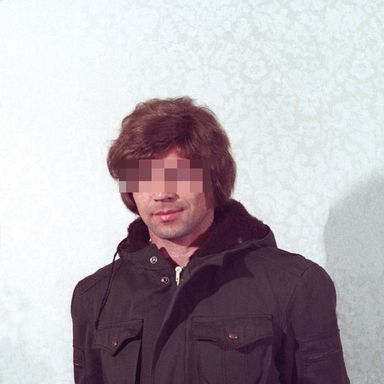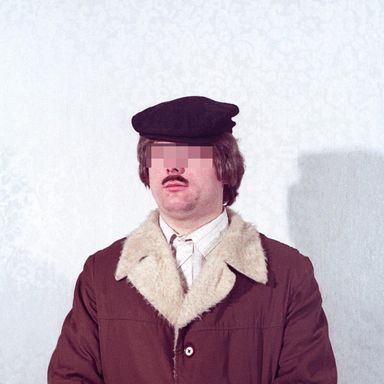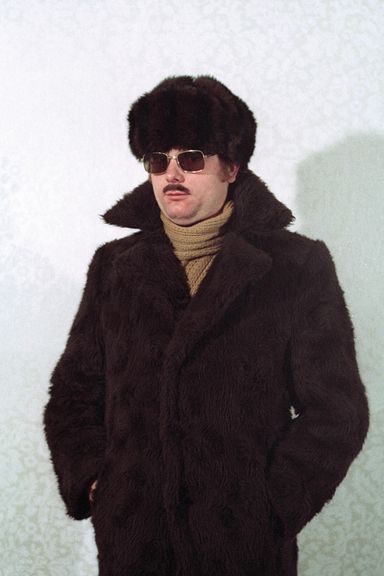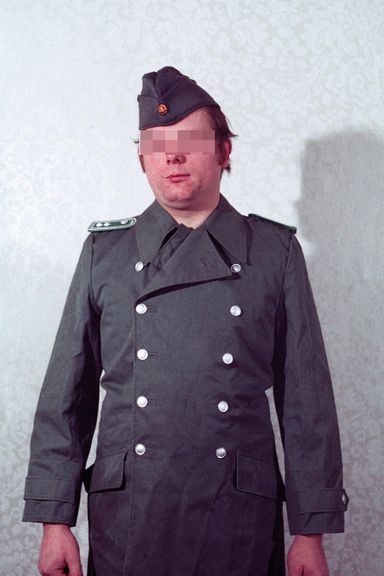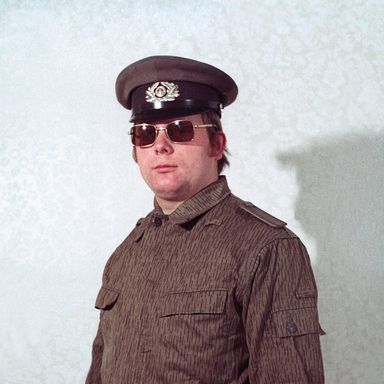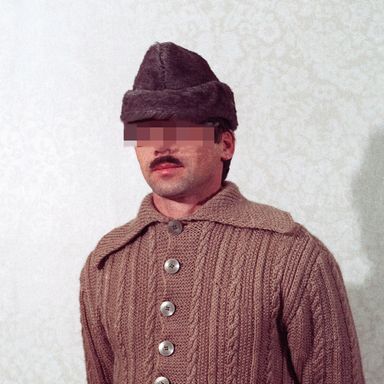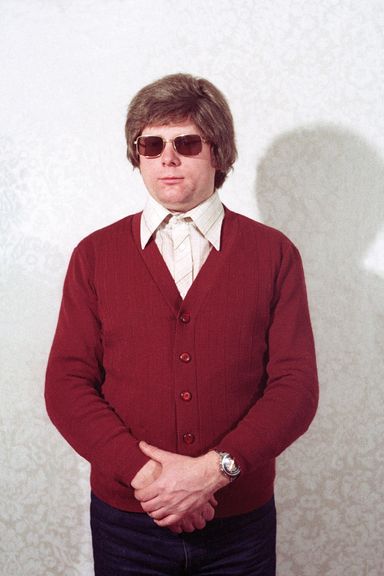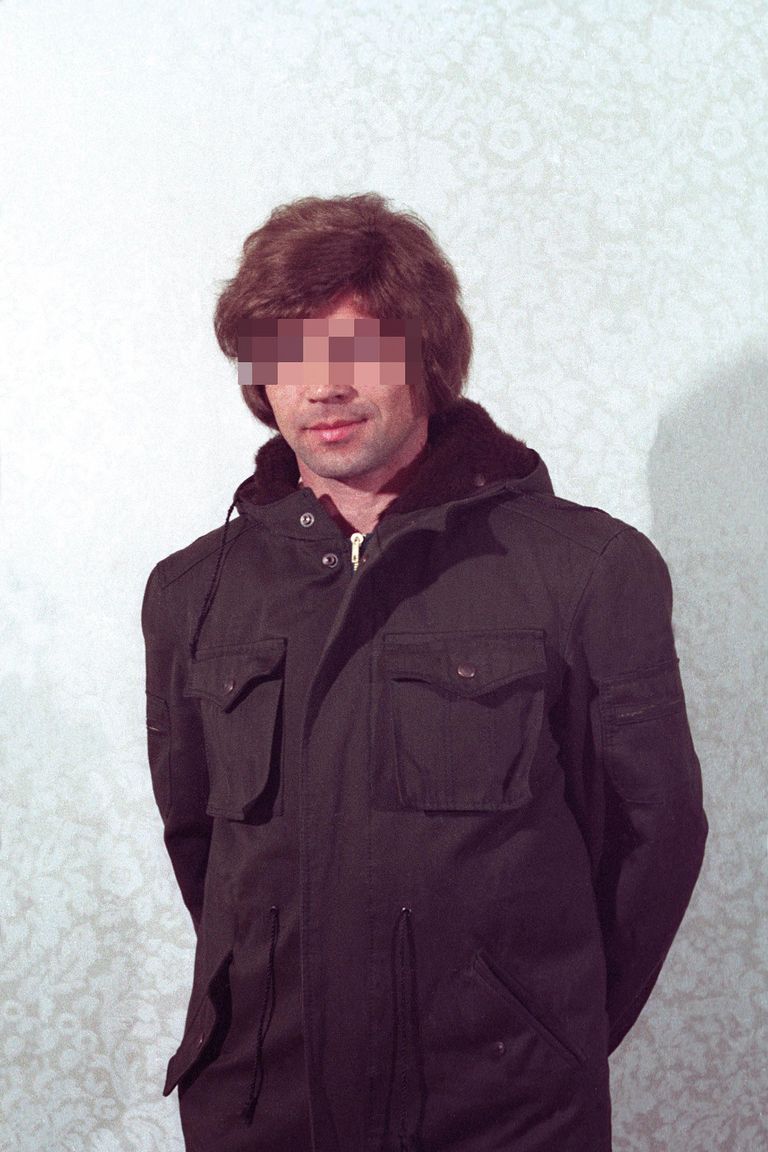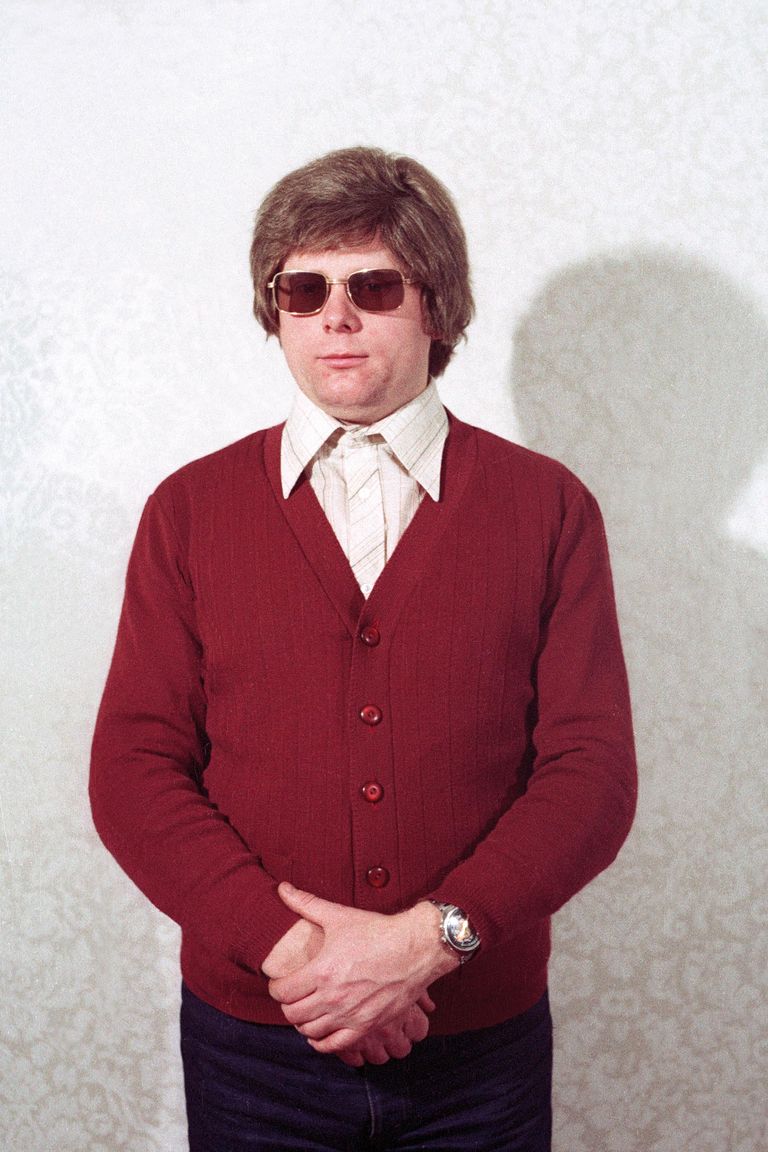Stasi Disguises, Unearthed, Are Utterly Unconvincing
Not too long ago, the Berlin-based artist Simon Menner stumbled upon a trove of photographs that had been sealed, until 1992, in the Secret Stasi Archives. Over 30 years old, they were a series of strangely compelling portraits of Stasi officers in various getups, filed under the heading ÔÇ£Disguise Manual.ÔÇØ At first glance, the portraits looked like a joke ÔÇö who would have ever found these convincing? But they turned out to be real artifacts from the Cold War. The Stasi (short for Staatssicherheit, meaning ÔÇ£State SecurityÔÇØ) were the official state security of East Germany from 1950 until a year after the fall of the Berlin Wall. They were masters of surveillance and meticulous record-keepers; the images that Menner excavated from the archives depict just a few of the numerous civilian-surveillance projects that the Stasi conducted during their regime.┬áSEEN spoke with Menner about the photographs, which now are on view, timed to the 25th anniversary of the fall of the Berlin Wall, at the Moving Walls Gallery on West 57th┬áStreet. The roles have now been reversed, and the Stasi are now the subject of our speculation and scrutiny. And in this case, unsurprisingly, the disguises reveal far more than they conceal.
Could you tell us more about how you discovered these images?
The general problem with research at archives is the fact that it is very hard to find something you do not know exists. How do you ask for something like that? During my extensive research, it was key for me to gain the trust of the people working at the archive, and through that, encourage them to come forward with things they have encountered in the past. Right from the beginning, it was clear to me that I did not want to put too much emphasis on the actual surveillance work performed by Stasi agents, but rather I wanted to focus on the Stasi internal interactions. What does it mean to be an agent? How does one act? And what does it take to become one? The disguise seminar images have something to do with the latter question.
What did you first think when you saw them?
At first I was somewhat confused. I had seen strange things before, and after thinking about it, it was clear why these disguises were practiced. But at first, it looked weird. 
Are these convincing disguises to your eye? Or is it even possible for you to evaluate them in this way?
The question is if they were intended to look convincing. I doubt that. The Stasi were extremely self aware. Friends of mine who grew up in East Germany and who are older than I am keep telling me, that this is exactly how the Stasi agents looked like. ÔÇ£You could spot them from a mile away,ÔÇØ they say. And that is the point. You should always be reminded of the Stasi presence. They could question you or your friends and colleagues without disguising. They could search your house without your knowledge. They had access to every file ever written with you name on. So this visible form of disguise might have served the function of creating uncertainty on your behalf.
What is the first thing that comes to mind when you look at these images now?
It is strange that they thought they had to teach themselves how to look like ordinary citizens.
In speaking about the entire project, youÔÇÖve said that ÔÇ£the banality of these images makes them even more repulsive.ÔÇØ
Through these images, we might get a glimpse on these agents as normal human beings. How would you look if you would stage such a disguise seminar with your colleagues? Maybe it would look as awkward and strange as these images. Dressing up in front of your colleagues ÔÇö and maybe dressed up by them. I guess there was a lot of laughter and fun-making included. But do we expect such behavior from such a repressive and brutal system? If I look at them, I can see a weird and fun day at a workplace. Nothing I would have associated with the Stasi beforehand.
They were not so different from you and me. We tend to believe that people we perceive as evil are fundamentally different from us. But I think this is just not the case. Jean-Paul Sartre said, ÔÇ£Hell is the others,ÔÇØ but if other people can be our hell, we can be theirs.
To the modern viewer, these particular images have a very different tone to them (as opposed to others in the project that focus on the subjects of Stasi surveillance). They have a sense of humor ÔÇö which may be good, or it may be bad.
Oh, many of the images I did collect for my project can be humorous. Even some of the tough surveillance images seem funny in some ways. But this was not part of the intention of the photographer. In part, this has something to do with the age of the material. Most of it is something like 30 years old. If we look at other images [from] the same age, many of them seem slightly weird. Maybe cameras and photographs were used and accessed differently.
But it is also very interesting to monitor our reaction to these images. The first reaction is quite often laughter, but then comes the realization that there is a terrible truth behind the surface of these funny (or at best harmless) looking images. And the laughter stops.
Your work centers around themes of doubles, or what is in plain sight but not necessarily clear. What are some of the themes that you recognize here in the photographs themselves?
I am very fascinated by images that seem quite simple at first, but which tell their real story only piece by piece. Images seem to be a more and more important part of human communication, but quite often we realize how limited our capabilities are to decode them.
The images from the Stasi archives interest me especially since these were utilized by a terror regime as a tool for their control over the East German society. So one might expect to find very straightforward images. Bureaucratic images. Perfect images and perfect tools. In fact, we find we find selfies, disguise pictures, pictures of animals. And so on and so on. That does not seem to make much sense. But maybe it is our very limited understanding of photography and how to decode them that makes images the perfect tool of oppression or influence. Maybe images are no good at proving anything, so they can be used to proove everything.
Is it possible to look at these photographs without the context of their history?
I hope so.┬áI am more interested in the general topic of surveillance than the specific history of surveillance in East Germany. It would be wonderful if we could get access to similar material from contemporary sources, but this is not possible. The same goes from material out of Western archives from the Cold War era. These archives remain closed ÔÇö if the material isnÔÇÖt already destroyed.

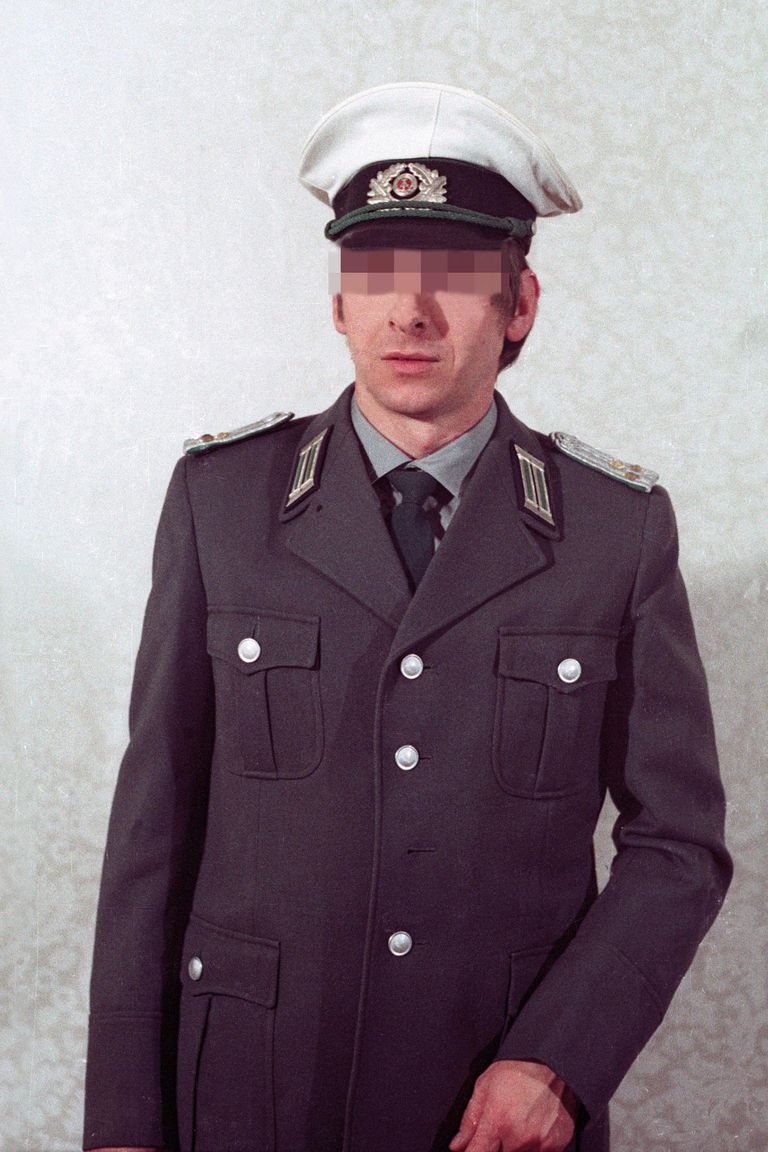
Found photos of Stasi officers from the "Disguise Manual" of the Secret Stasi Archives.
